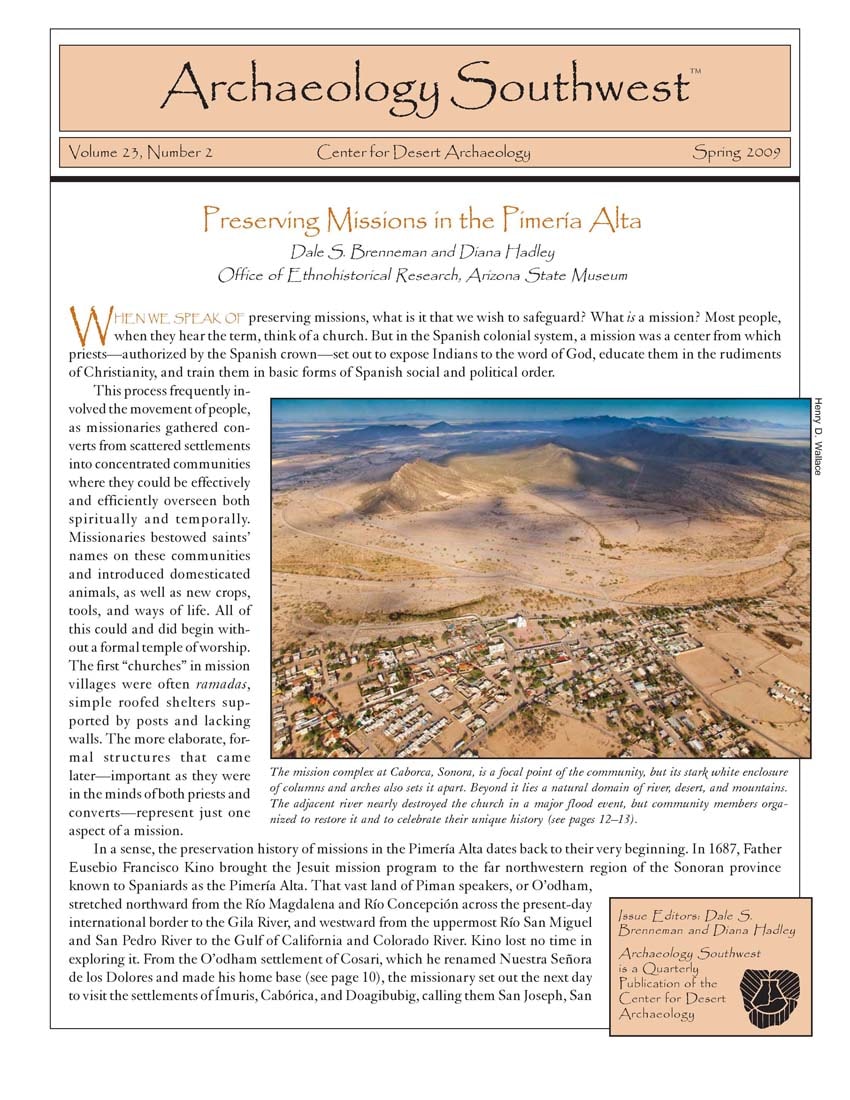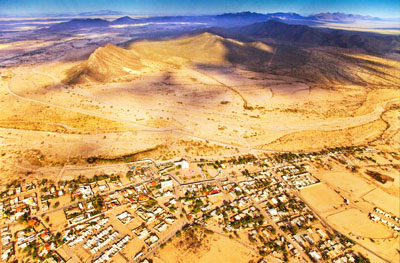Description
Download free PDFs of all Archaeology Southwest Magazine back issues when you become a member.
This issues articles include:
• Preserving Missions in the Pimeria Alta – Dale S. Brenneman and Diana Hadley, Office of Ethnohistorical Research, Arizona State Museum
• A Brief History of Preservation at Mission San Xavier del Bac – Bernard L. Fontana, University of Arizona, Retired
• The Sanctuary Lions of San Xavier del Bac – Bernard L. Fontana, University of Arizona, Retired
• San Xaver’s New Lions – Gloria F. Giffords, American Institute for Conservation
• San Xavier del Bac – Father Stephen Barnufsky, Mission Pastor
• The San Xavier District – Austin Nuñez, Tohono O’odham Nation
• Preservation of the Tumacácori, Calabasas, and Guevavi Mission Ruins – Jeremy Moss, National Park Service
• Missions of the Pimeria Alta: A Sonoran Perspective on Preservation – Júpiter Martinez, Centro INAH Sonora; Abby Valenzuela, ENCRyM-INAH
• Nuestra Señora de los Dolores – Júpiter Martinez, Centro INAH Sonora
• Nuestra Señora del Pilar y Santiago de Cocóspera – Júpiter Martinez, Centro INAH Sonora; Abby Valenzuela, ENCRyM-INAH
• San Pedro y San Pablo del Tubutama – Irene Ortiz Gastélum, Lenor Elvira Ortiz Romero, Lucrecia Ortiz Gastélum
• The Mission Church of La Purisima Concepción de Nuestra Señora de Caborca – Gloria Elena Santini de Vanegas, Patronato del Templo
• Intangible Colonial Artifacts: The Example of Oquitoa – James S. Griffith, Southwest Center, University of Arizona
• Connecting with Mission History: SMRC and the Kino Mission Tours – Dale S. Brenneman, Southwestern Mission Research Center and Office of Ethnohistorical Research, Arizona State Museum
• Following in the Hoofprints of Father Kino – Enrique Salgado, Patronato de Kino
• Music of the Missions – David Shaul
• Mission 2000 – Donald T. Garate, National Park Service
• Old Adobe Buildings, Speak to Me! – David Yubeta, National Park Service
• The TICRAT Model: A Binational Adobe Workshop – R. Brooks Jeffery, University of Arizona
• The Kino Heritage Fruit Trees Project – Jesús Garcia, Arizona-Sonora Desert Museum
• Wilbur-Cruce Spanish Barb Houses – Marjorie Dixon, Dragoon Mountain Spanish Barbs
• Father Kino’s Cows – Diana Hadley, Office of Ethnohistorical Research, Arizona State Museum
• Telling the Native Side of Mission History – Dale S. Brenneman, Office of Ethnohistorical Research, Arizona State Museum
• Resurrecting Tucson’s Mission San Agustin – Diana Hadley, Office of Ethnohistorical Research, University of Arizona
• Back Sight – William H. Doelle, Center for Desert Archaeology

